

You’ve probably encountered slugs in your garden, and even if you haven’t, they might have left traces of their existence. Often this looks like shiny mucus trails and damage to plants. If the slug infestation is big enough, you might one day wake up to a decimated vegetable garden that wastes most of your hard work over several weeks or months. The slimy boneless creatures are a menace to gardeners, and if you suspect they’re invading your yard, garden, or home, it may be time to take action. That said, “how to get rid of slugs” remains a mystery for most people, especially since it’s rare to see them dragging their bodies around your garden. However, if they’re causing you problems, this guide should help you eliminate the slimy creatures for good.
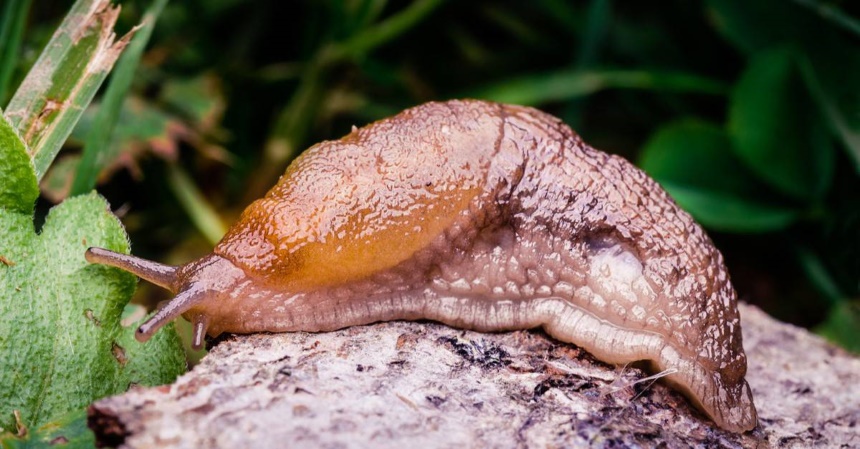
Consequently, while it may seem like slugs don’t have shells on their backs like snails, they do have shells under their moist skin. There’s even an intermediate species between snails and slugs called semi-slugs. Semi-slugs are characterized by tiny shells on their backs that, unlike a snail’s, are too small to fit the creature’s body.
Interestingly, semi-slugs have evolved from snails almost twice as many times as normal slugs. As such, they’re rarer than normal slugs.
Before you can learn how to get rid of slugs permanently, you must understand why you should be getting rid of them in the first place. First, they’ve evolved to eat just about anything, something they share with their distant cousins, the snails. They’re considered carnivores, herbivores, detritivores, and even omnivores.
Consequently, it’s not surprising to find them having eaten holes into the leaves of your plants. Nevertheless, even if you uproot them, they can’t serve as a source of nutrients for new plants since, as detritivores, the slugs even eat decaying waste from both plants and animals. Other examples of detritivores include common earthworms, termites, and Fiddler crabs.
Other items in a slug’s diet, depending on whether it’s a specialist or generalist species, include animal waste, fungus, worms, and other slugs.
Also, while they can’t physically harm human beings, they may carry some parasites that can. According to the National Library of Medicine, these include lungworms which cause human angiostrongyliasis and human eosinophilic meningoencephalitis.
Lastly, the mucus slime they leave on your property contains nematodes, and consequently, touching it puts you at risk of contracting a disease.
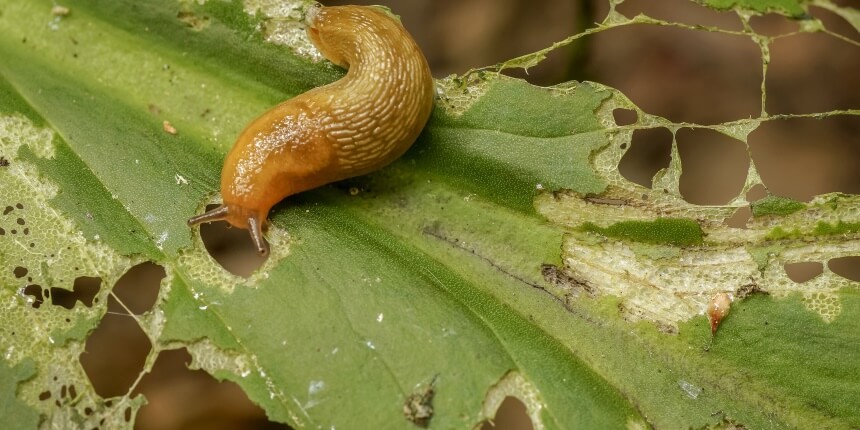
While slugs can eat almost any plant, they’re more likely to target tender new growth. Often the damage they leave behind looks like large, irregularly shaped holes on the leaves. Given that leaves produce food for the plant via photosynthesis, enough damage from the slugs could lead to plant death.
If you’ve noticed uprooted plants in addition to the holes on the leaves, you’re likely dealing with slugs and some other kind of pest like gophers. Fortunately, we’ve outlined how to get rid of gophers in case you also have a gopher problem.
However, if it’s just holes in the leaves of plants on the porch, the information on how to get rid of slugs in potted plants below should come in handy.
A slug foot refers to the muscle on the underside of the slug’s body that these creatures use to move. Inside the foot, slugs have glands that secrete mucus with glue and lubricant properties. This makes it easier for the slug to glide forward on the foot. Furthermore, the chemicals in the mucus also help in communication between slugs.
Additionally, slugs can use the trails they leave behind to find their way back to the tunnels after they’ve had their fill of your plants. If you have a slug problem, these trails will be more visible in and around your yard in the morning.
There are a few different ways that you can get rid of slugs, and the best method will likely depend on the severity of your infestation. Here’s what you can do:
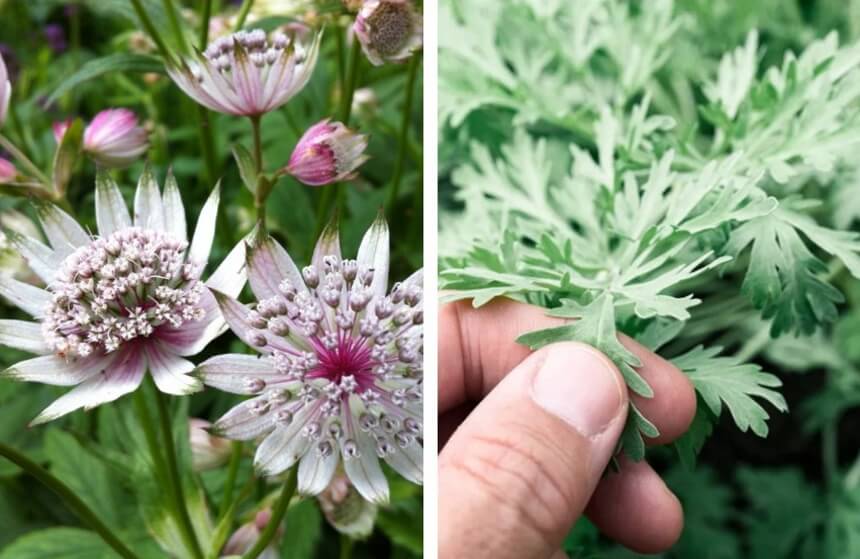
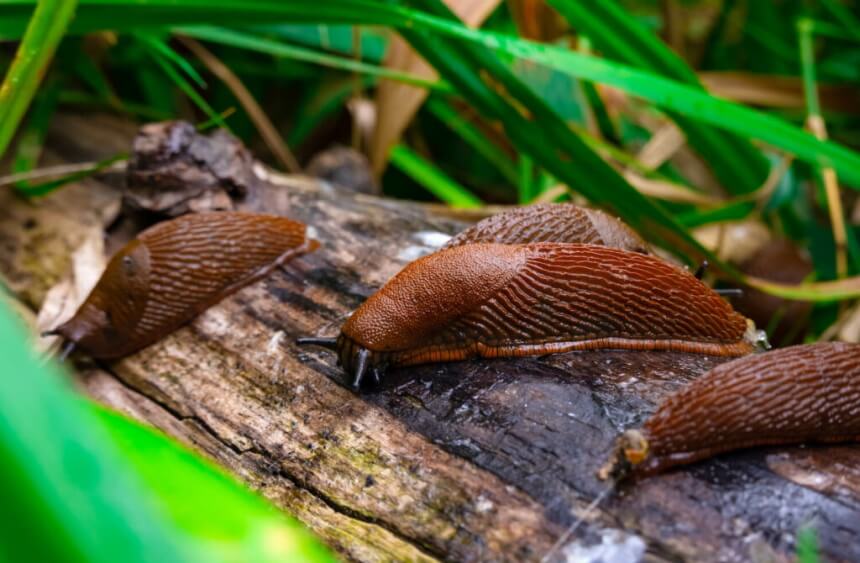
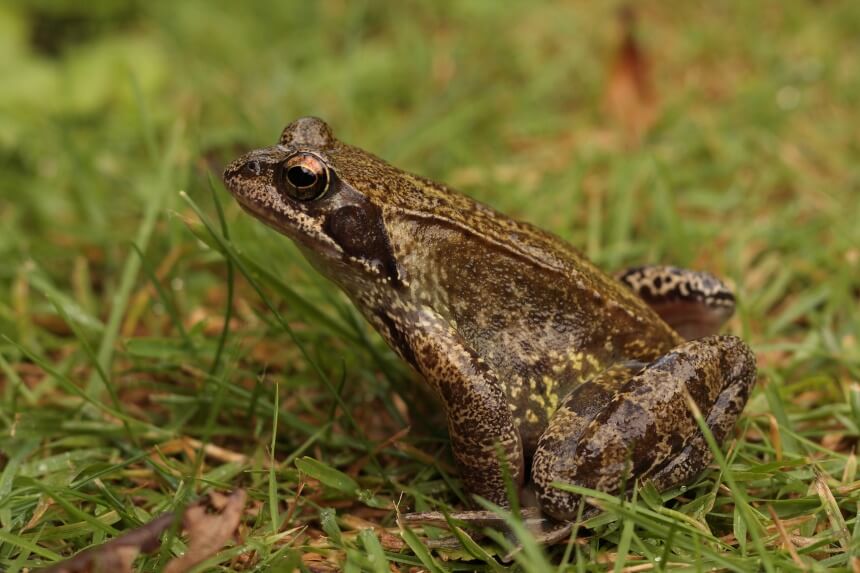
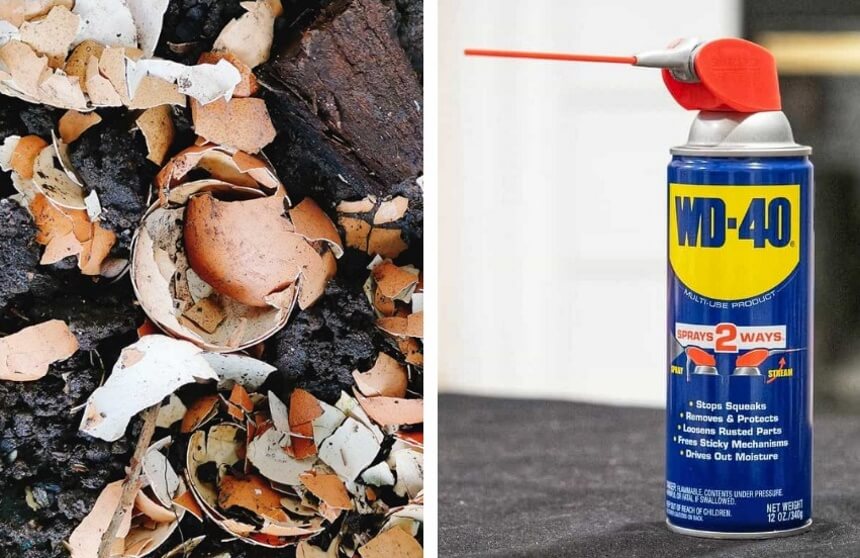
Another type of barrier is copper tape. Once a slug tries to go over the self-adhesive tape, the reaction between the copper and slug slime will zap the creature, forcing it to beat a hasty retreat. You can attach it to raised seed beds to keep the mollusks out.
Lastly, you can use a slippery barrier that involves spraying WD40 on plant pots. While slugs normally scale the pots with ease, the WD40 will make them too slippery, and eventually, the slugs will give up.
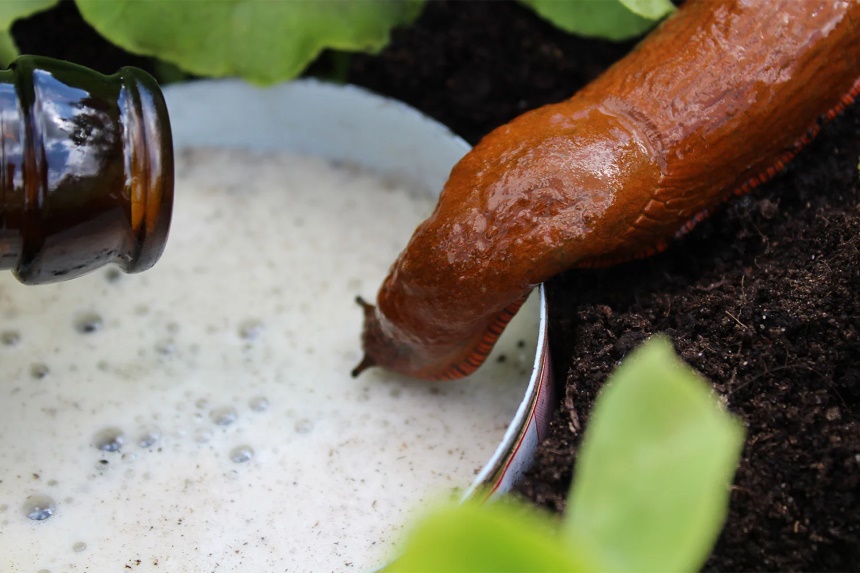
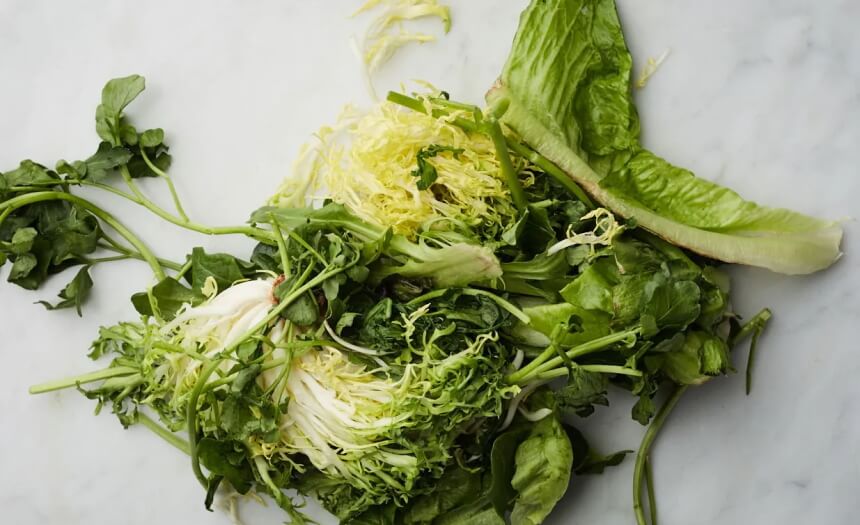
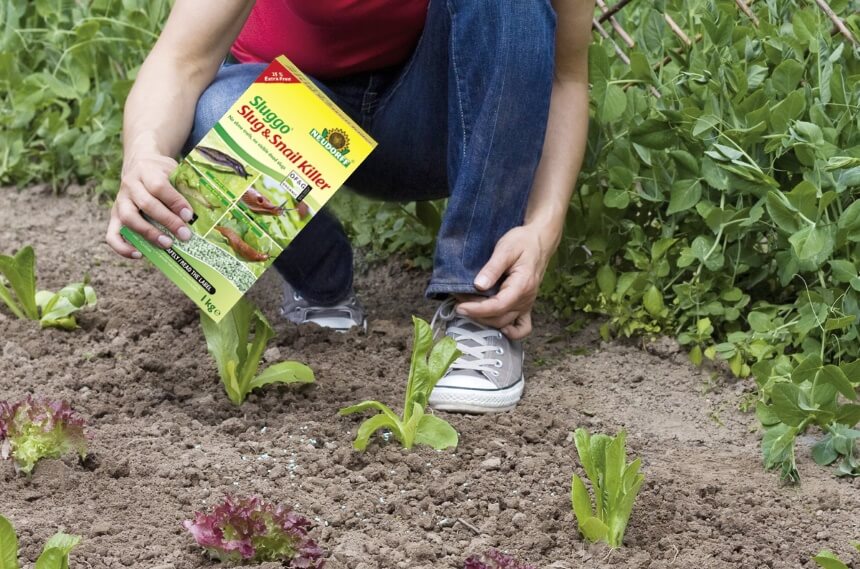
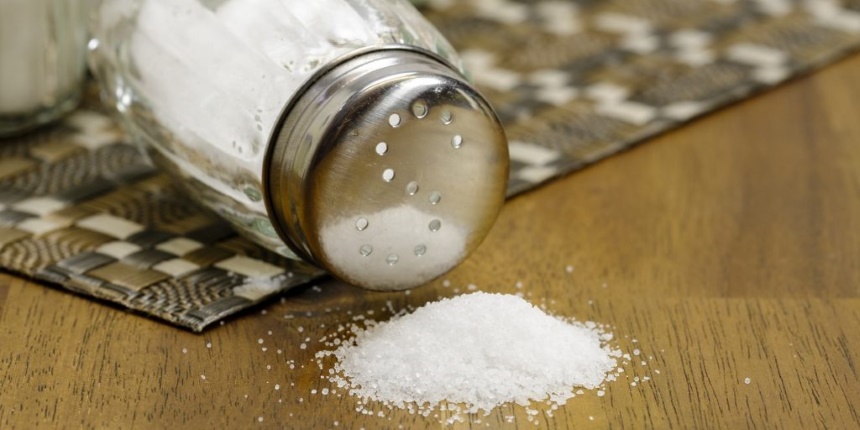
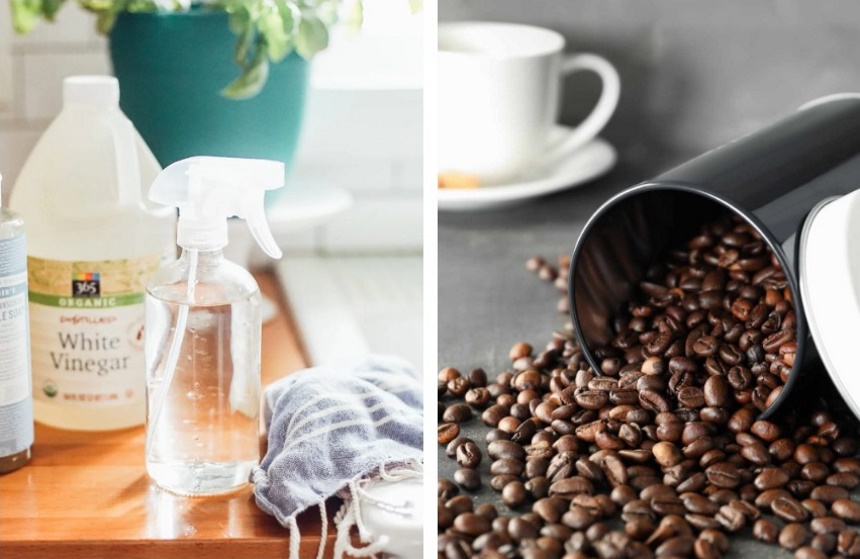
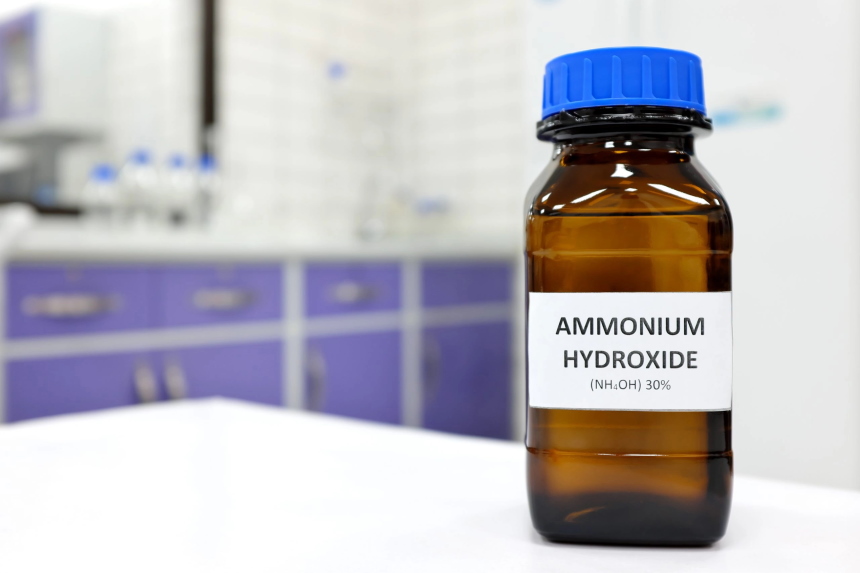
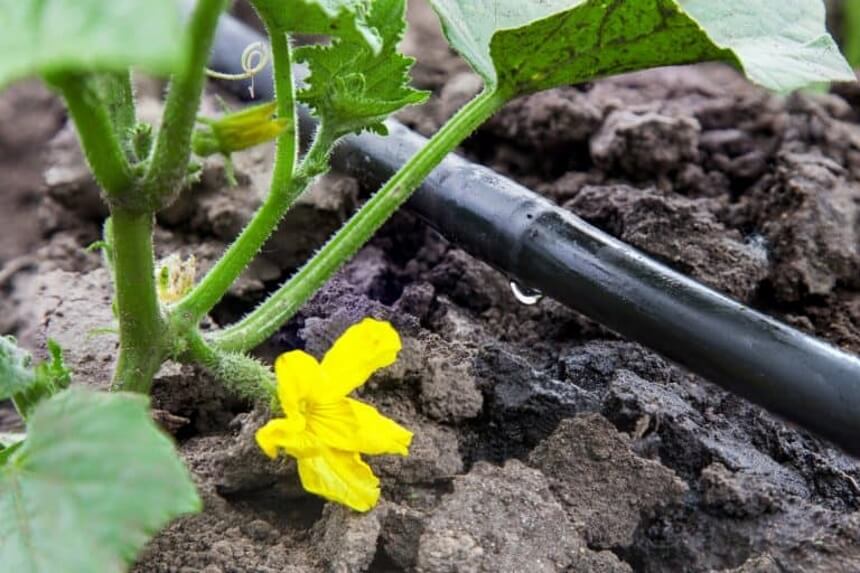
With that, you now know how to get rid of slugs around your yard or house. You shouldn’t just use one or two methods for the best results. Using a few countermeasures simultaneously is more prudent, as this gives you the best chance of getting rid of them quickly. As a side note, wear gloves if you’re handling slugs. They might not bite like other pests, but they carry harmful parasites they might transfer onto you if you’re not careful.